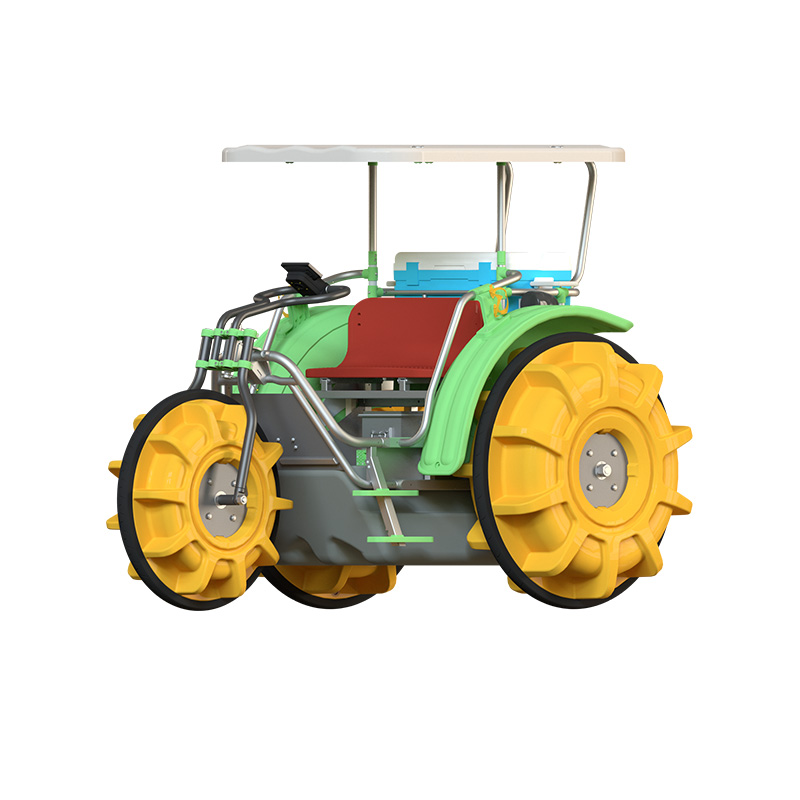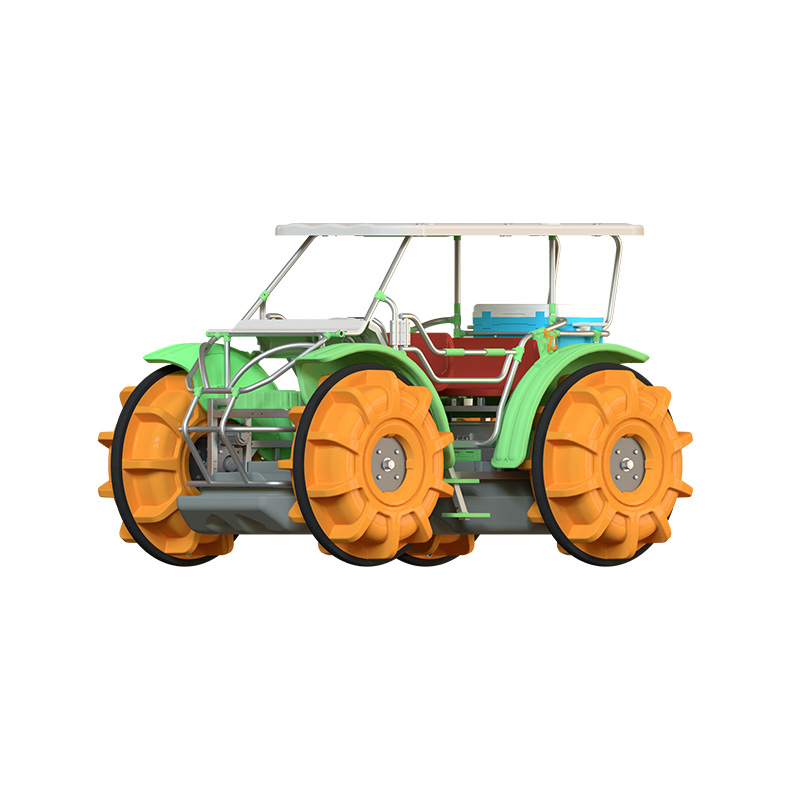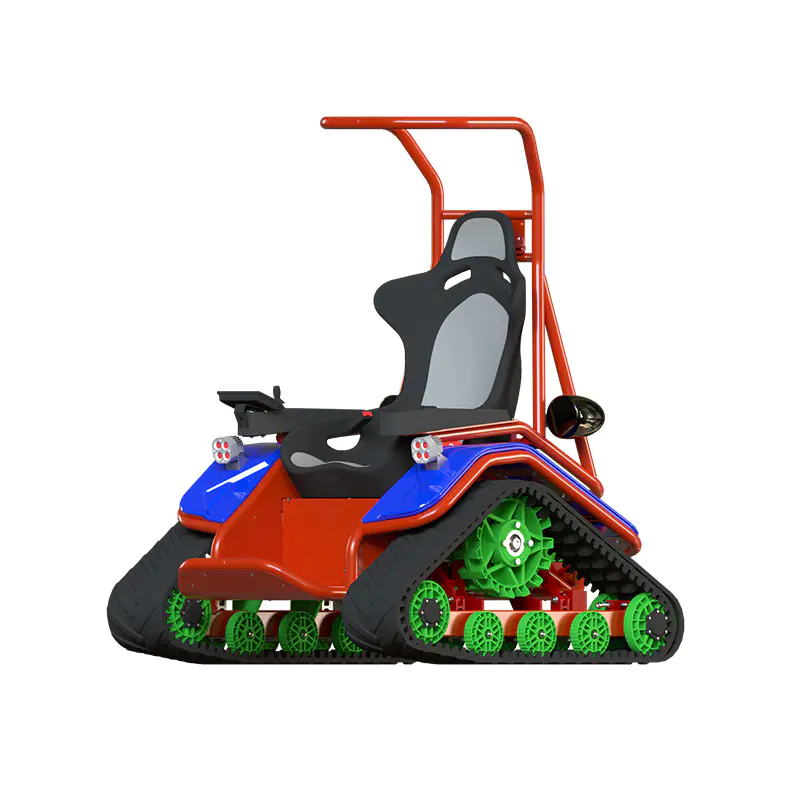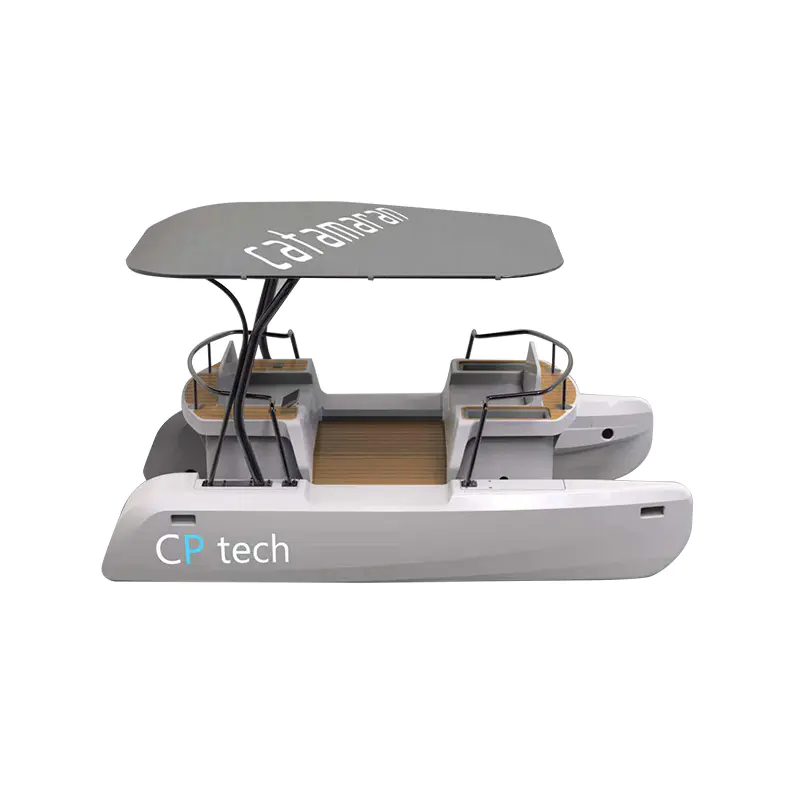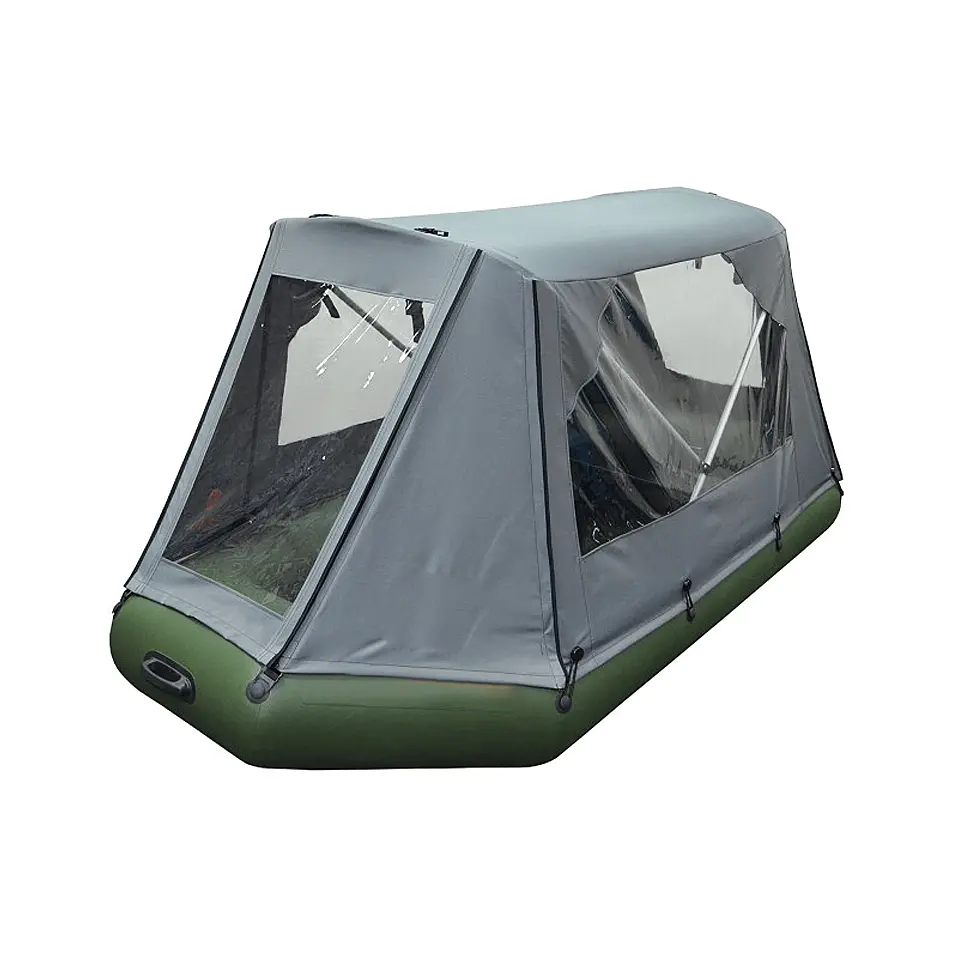What Makes a Beach Electric Track Vehicle Suitable for Sandy Terrain?
2025-05-16

Navigating sandy environments presents unique challenges for any vehicle. Traditional wheeled systems often struggle with traction, balance, and power distribution. This is where a beach electric track vehicle offers a distinctive advantage. But what exactly makes these vehicles so suitable for such soft and shifting terrain?
Track-Based Movement Enhances Traction
One of the primary reasons a beach electric track vehicle performs well on sand is due to its track system. Unlike tires that may sink into soft surfaces, tracks distribute the vehicle’s weight more evenly over a wider surface area. This reduces ground pressure, allowing the vehicle to "float" over sand rather than dig into it. The wider contact patch also offers increased traction, reducing the risk of slippage or getting stuck.
Electric Power Delivers Smooth Torque
Electric motors provide consistent and controlled torque, which is especially beneficial on unstable ground like a beach. A beach electric track vehicle typically features electric drive systems that respond quickly and smoothly to changes in terrain. Sudden torque spikes from gas-powered engines can cause tires to spin on loose sand, but electric motors help maintain traction with more predictable acceleration.
Low Center of Gravity Enhances Stability
Beach environments can be uneven, with slopes, dunes, and soft pockets. A beach electric track vehicle is generally designed with a low center of gravity. This design element enhances stability and reduces the risk of tipping when crossing uneven ground or making turns on sloped surfaces. Combined with the wide stance offered by the tracks, this helps the vehicle stay balanced even in tricky conditions.
Lightweight Yet Durable Materials
A beach electric track vehicle must be constructed from materials that balance durability with weight savings. Heavy vehicles can sink into the sand, while lighter models are more likely to ride over the surface. Many manufacturers use aluminum frames or reinforced polymer panels to keep the vehicle agile without compromising structural integrity.
Designed for Salt and Sand Exposure
Beach environments also expose vehicles to salt, moisture, and fine particles. A well-designed beach electric track vehicle often features sealed motors, corrosion-resistant coatings, and protected electrical systems. These elements help prevent damage from prolonged exposure to salty air or sand infiltration, ensuring longer service life and fewer maintenance requirements.
Easy Maneuverability for Various Uses
Another factor contributing to their suitability is their maneuverability. Whether for personal recreation, beach patrol, or resort transportation, a beach electric track vehicle is often engineered to turn sharply and handle tight paths. This is especially useful in busy or narrow areas along a shoreline where larger vehicles might struggle to pass.
Environmentally Conscious Design
Given the increasing attention to ecological impact, electric drive systems make the beach electric track vehicle more appealing for environmentally sensitive locations. With reduced noise and no direct emissions, these vehicles reduce disturbance to wildlife and beachgoers alike.
A beach electric track vehicle combines mechanical design, electric propulsion, and terrain-focused engineering to deliver reliable performance on sand. Its track system, torque control, and stability features make it particularly suited for beach operations. Whether used for tourism, transport, or maintenance, the vehicle meets the demands of sandy terrain in a practical and efficient way.

 English
English  русский
русский  عربى
عربى 
